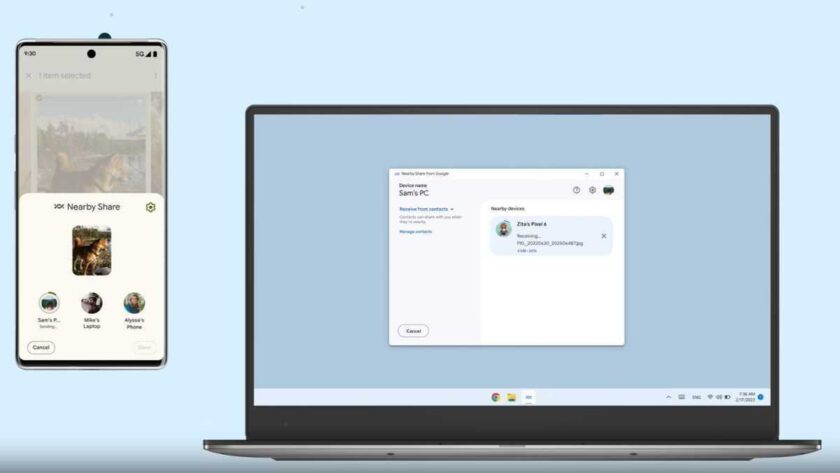WhatsApp has been free, but soon users can expect a significant change in their experience of WhatsApp. The Android and iOS chat app, originally released in 2009, will start to embed paid-for content in the app’s Status feature from 2019.
The Status feature is similar to Stories on Instagram and Facebook, letting users upload Snapchat-style pics and videos that can be viewed for 24 hours. Facebook wants to interrupt some of these Statuses with short ads, although details are light.
WhatsApp’s co-founders were famously against ads, and supportive of encrypted messaging – two major reasons why the app has become so popular. This was the primary reason WhatsApp cofounder Brian Acton left WhatsApp in September 2017, according to his interview with Forbes published Wednesday, along with concerns about the way Facebook “probed” at the app’s end-to-end encryption. He also said: “I sold my users’ privacy to a larger benefit.
“I made a choice and a compromise. And I live with that every day.”
His latest Twitter post, sent way back on March 21, reads: “It is time. #deletefacebook.”
Facebook insists that messages sent between WhatsApp’s 1.5 billion users will remain encrypted and that “there are no plans to change that,” according to a spokesperson. But that may not matter. Security researchers consulted by Forbes have pointed out that even with encryption in place, it would still be technically possible for Facebook to derive keywords from people’s messages and use them to further impose Facebook’s ad-targeting model on the app. (The only personal data that Facebook can currently derive from WhatsApp users are their phone numbers.) Whether that is a bad thing is open to debate.
I don’t want to weigh into the personal side of the WhatsApp vs Facebook fight, as there are people I respect on both sides, but I do want to use this as an opportunity to talk about the future of end-to-end encryption. (1/13)
— Alex Stamos (@alexstamos) September 26, 2018
Facebook’s former chief security officer Alex Stamos took to Twitter on Thursday to argue that technology companies “need to find a sustainable business model for professionally run, end-to-end encrypted communications,” and floated advertising as an option.




